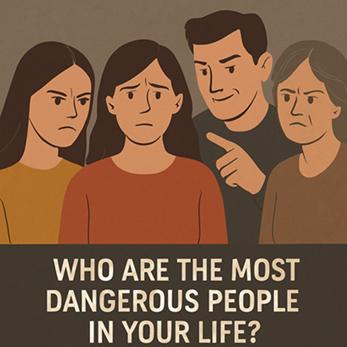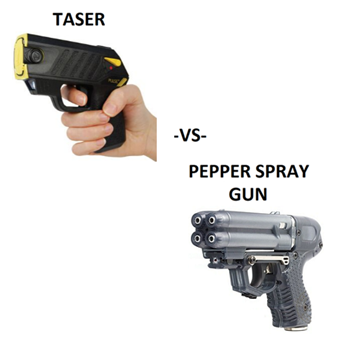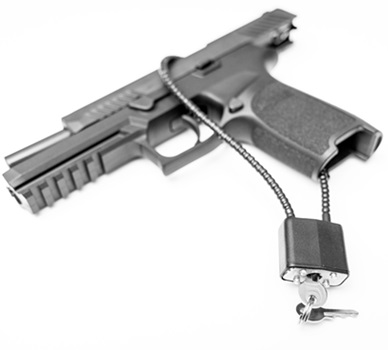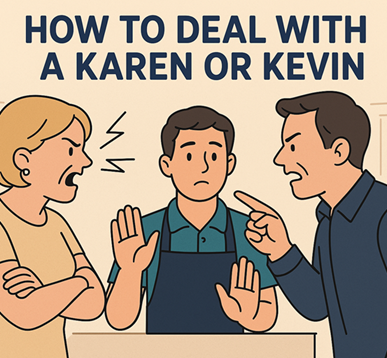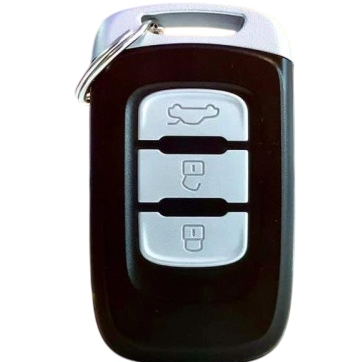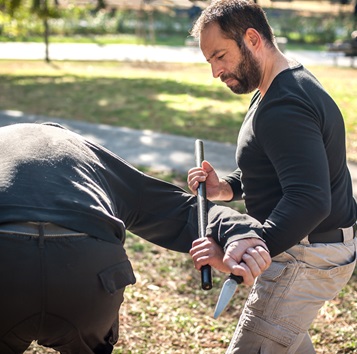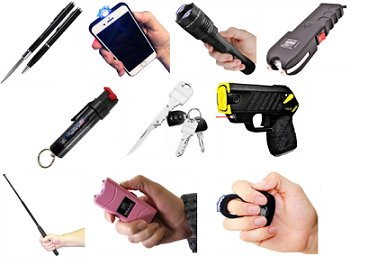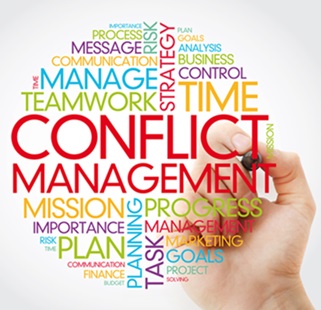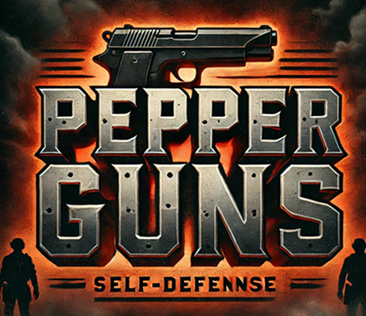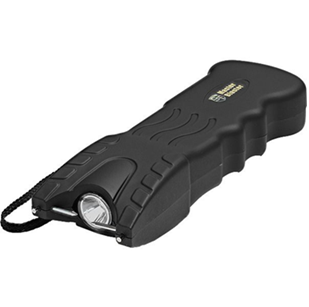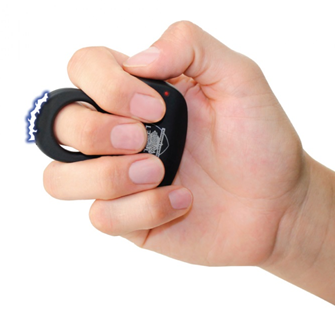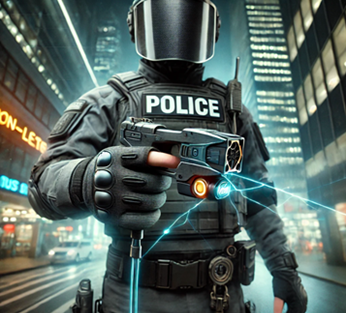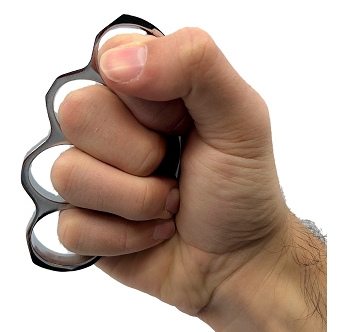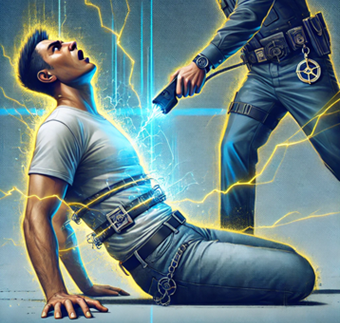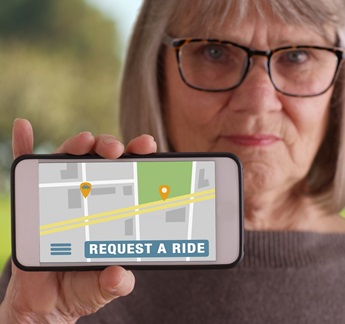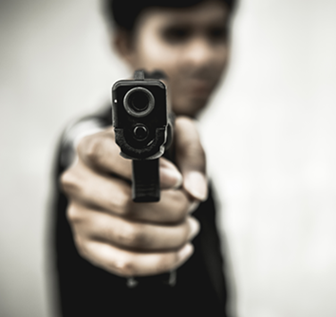What is the #1 Rule of Self-Defense? Avoid Bad Situations
 When it comes to self-defense, the best way to protect yourself isn’t a technique, a tool, or a weapon—it’s a mindset. The #1 rule of self-defense is simple but profound: Don’t put yourself in bad situations. By avoiding potentially dangerous circumstances, you can significantly reduce the likelihood of needing to defend yourself in the first place. Prevention is always better than confrontation, and staying out of harm’s way is the most effective self-defense strategy you can employ.
When it comes to self-defense, the best way to protect yourself isn’t a technique, a tool, or a weapon—it’s a mindset. The #1 rule of self-defense is simple but profound: Don’t put yourself in bad situations. By avoiding potentially dangerous circumstances, you can significantly reduce the likelihood of needing to defend yourself in the first place. Prevention is always better than confrontation, and staying out of harm’s way is the most effective self-defense strategy you can employ.
This article will explore why avoiding bad situations is the cornerstone of self-defense, how to identify risky scenarios, and practical tips for staying safe in everyday life.
Why Avoiding Bad Situations is the #1 Rule
The primary goal of self-defense is to protect yourself and those you care about from harm. However, no matter how skilled or prepared you are, physical confrontations always carry risks. Even the most trained individuals can get hurt or face unintended consequences. Avoiding dangerous situations minimizes these risks entirely, keeping you safe without ever needing to fight.
Here are a few reasons why this rule is so critical:
-
You Can’t Lose a Fight You Don’t Enter
Even if you’re confident in your abilities, every confrontation is unpredictable. The other person might have a weapon, be under the influence of drugs or alcohol, or have accomplices nearby. By steering clear of bad situations, you eliminate the possibility of escalation altogether. -
Legal and Ethical Implications
Self-defense often involves legal gray areas. Even if you’re justified in defending yourself, you may face legal scrutiny, lawsuits, or criminal charges. Avoiding dangerous situations spares you the potential legal and financial headaches that could arise from a confrontation. -
Emotional and Psychological Costs
Physical altercations can leave lasting emotional scars, even if you emerge unscathed. The trauma of being attacked or having to harm someone in self-defense can affect your mental health for years. Prevention ensures you never have to carry that burden.
Identifying Bad Situations
To avoid bad situations, you first need to recognize them. This requires situational awareness and an understanding of common risk factors. Here are some examples of scenarios that could escalate into dangerous encounters:
-
Isolated Areas
Avoid walking alone in poorly lit or deserted places, such as alleys, parking lots, or parks at night. Isolation makes you an easy target for attackers, as there are fewer witnesses and less chance of intervention. -
High-Risk Social Settings
Bars, clubs, and parties can be breeding grounds for conflict, especially when alcohol or drugs are involved. Disputes can quickly escalate, and intoxicated individuals are more likely to act irrationally or aggressively. -
Suspicious Individuals or Groups
Trust your instincts. If someone is acting strangely or seems to be following you, take precautions. Cross the street, enter a crowded area, or call for help if you feel uneasy. -
Domestic Disputes
Arguments in personal relationships can escalate into violence if emotions run high. If you sense a situation spiraling out of control, remove yourself and seek help if necessary. -
Dangerous Neighborhoods or Events
Be mindful of areas with high crime rates or events with a history of violence, such as certain protests or large gatherings. While not all such places are inherently unsafe, it’s essential to assess the risks before entering.
Practical Tips to Avoid Bad Situations
Now that we’ve identified what constitutes a bad situation, let’s discuss how to avoid them. These practical tips can help you stay safe and reduce your chances of encountering danger.
1. Maintain Situational Awareness
Situational awareness is the ability to observe and assess your surroundings for potential threats. Pay attention to people, objects, and behaviors around you. Avoid distractions like your phone, especially in unfamiliar or crowded areas.
2. Plan Ahead
Before going out, think about your route, destination, and potential risks. Stick to well-lit, populated areas and avoid shortcuts through alleys or deserted streets. Let someone know where you’re going and when you expect to return.
3. Set Boundaries
Don’t be afraid to say no or leave a situation that feels uncomfortable. Whether it’s declining a late-night invitation or walking away from an argument, setting boundaries can prevent bad situations from developing.
4. Travel in Groups
There’s safety in numbers. Attackers are less likely to target a group than an individual. Whenever possible, travel with friends or family, especially in unfamiliar or high-risk areas.
5. Trust Your Intuition
Your gut instinct is a powerful tool. If something doesn’t feel right, don’t ignore it. Intuition often picks up on subtle cues that your conscious mind might miss.
6. Avoid Risky Behaviors
Certain actions, like excessive drinking, drug use, or flaunting valuables, can make you a target. Practice moderation and be mindful of how your behavior might attract unwanted attention.
7. Learn About Local Risks
If you’re traveling, research the area to understand potential dangers. Learn about common scams, unsafe neighborhoods, and local customs to avoid inadvertently offending someone or drawing attention to yourself.
When Avoidance Isn’t Possible
While avoiding bad situations is ideal, it’s not always feasible. Emergencies, unforeseen circumstances, or the actions of others can put you in harm’s way despite your best efforts. In these cases, having a backup plan is crucial.
-
Carry Self-Defense Tools
Tools like pepper sprays, stun guns, tasers or personal alarms can provide an added layer of protection. However, you must be trained and comfortable using them effectively. -
Learn Self-Defense Techniques
Taking a self-defense class can equip you with the skills to escape or neutralize an attacker if necessary. Focus on techniques that emphasize escape and de-escalation rather than prolonged fighting. -
Stay Calm and Think Strategically
In a dangerous situation, panic can cloud your judgment. Practice deep breathing and focus on finding a way to escape or defuse the situation without escalating it further.
The Role of Mindset in Avoiding Bad Situations
At the heart of the #1 rule of self-defense is a proactive mindset. Staying safe requires vigilance, self-discipline, and a commitment to making smart choices. Here are some ways to cultivate this mindset:
- Stay Educated: Keep learning about safety strategies and situational awareness. The more informed you are, the better equipped you’ll be to avoid danger.
- Be Proactive, Not Reactive: Don’t wait for something bad to happen before taking precautions. Prevention is always more effective than reacting to a threat.
- Practice Self-Control: Avoid letting emotions like anger, pride, or fear dictate your actions. Staying calm and composed can help you make better decisions.
Conclusion
The #1 rule of self-defense—don’t put yourself in bad situations—is a simple yet powerful principle that can save you from harm. By being proactive, staying aware, and making smart choices, you can significantly reduce your risk of encountering danger. While self-defense tools and techniques are valuable, the best way to protect yourself is to avoid confrontation altogether.
Remember, your safety starts with you. Every decision you make, from the places you go to the people you interact with, plays a role in keeping you safe. By embracing the mindset of prevention, you can lead a safer, more confident life without ever having to throw a punch.
See cost of pepper sprays, stun guns, tasers or personal alarms
Company Info
Customer Service
Product Information
- TASER® and Stun Devices Regulations by State
- TASER® Safe Escape Product Replacement Guarantee
- TASER® Comparison Chart
- TASER® User Manuals
- TASER® Warranty Info
- Byrna Product Catalog
- PepperBall Manuals & Spec Sheets
- Pepper Spray Laws
- Air Gun Laws
- States that Restrict Automatic and Butterfly Knives
- Our Print Catalog


























